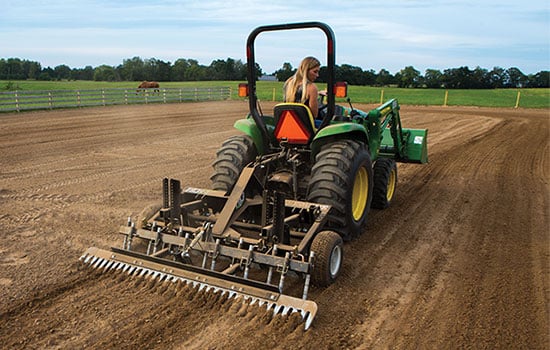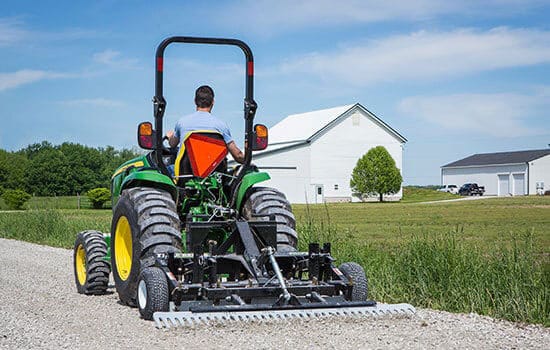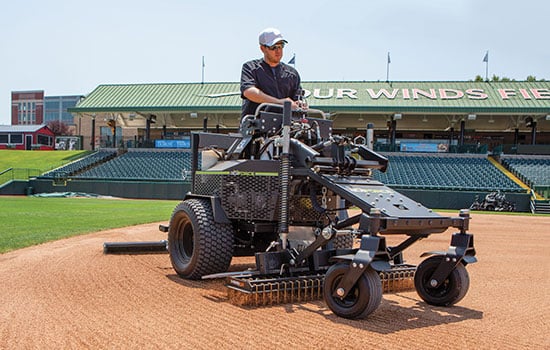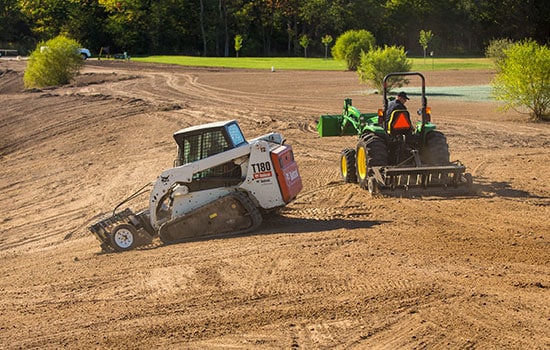3-Point Hitch & Tow Bar – Connecting Tractor Attachments
The way your attachment physically connects to your tractor can directly affect how it performs and what you’re able to accomplish with it. In this episode of the ABI Dirt, Matt talks through the pros and cons of the two main ways to connect your attachment to your tractor, three point hitches and tow bars, to help you determine which is best for you and the work you need to get done.
ABI Products Shown In This Video
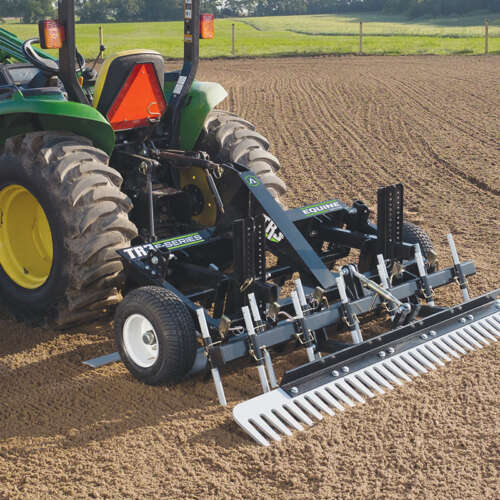
TR3 “E” Equine Edition
- For Sub-Compact & Compact Tractors, #1 Selling Arena Drag
- 6', 7', 8' Widths
- Starting At: $123/mo.*
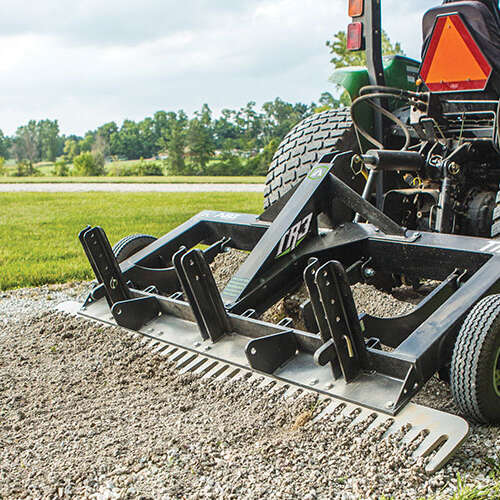
TR3 Rake
- For Compact & Utility Tractors
- 6.5', 7.5', 8.5', 10' Widths - Commercial-Duty
- Starting At: $116/mo.*
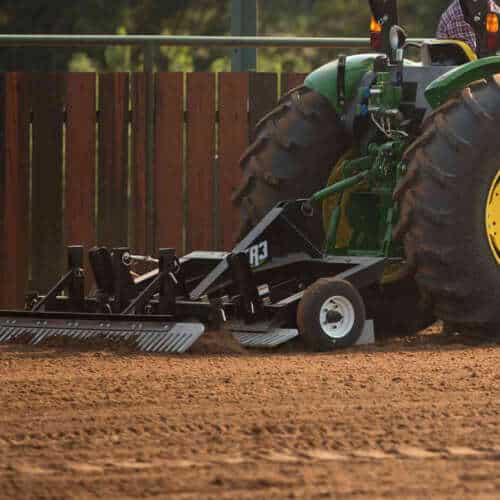
TR3 Rake Arena Drag
- For Compact & Utility Tractors, Extreme HD Arena Drag
- 5.5, 6.5', 7.5', 8.5', 10' Widths - Commercial-Duty
- Starting At: $116/mo.*
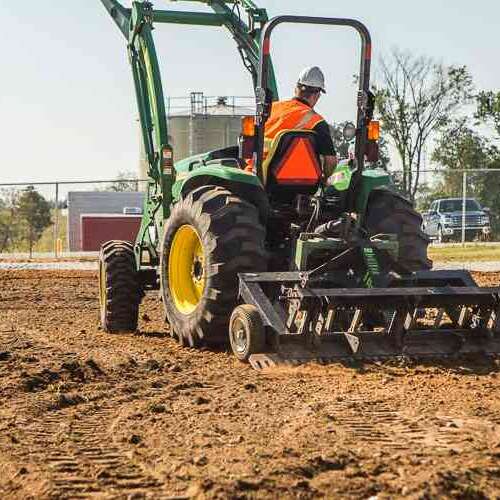
TR3 Grading Rake
- Commercial Contractor Landscape Rake
- 7.5' Width - Commercial-Duty
- Starting At: $184/mo.*
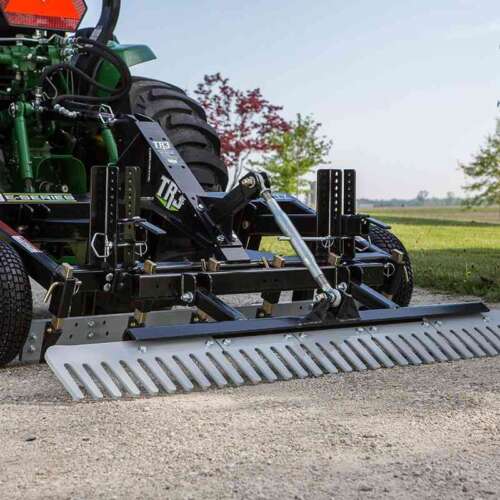
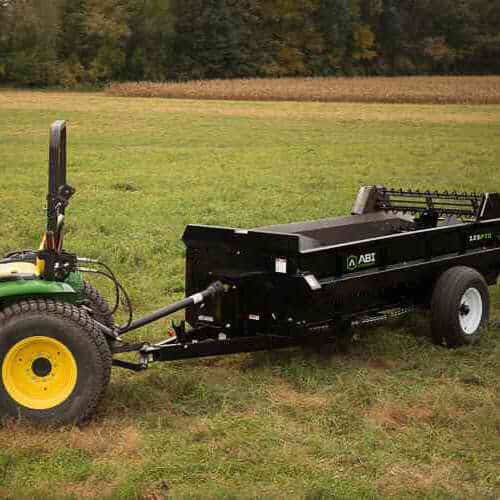
125 ft³ PTO – Large Manure Spreader
- 4-Speed - PTO Driven
- Min Tractor HP: 35+ HP - Up to 22 Horses
- Starting At: $274/mo.*
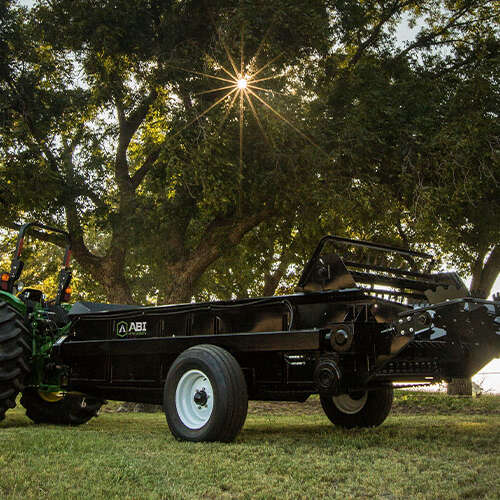
185 ft³ PTO / Hyd – Largest Manure Spreader
- Variable-Speed - PTO/Hydraulic Driven
- Min Tractor HP: 50+ HP - Up to 35 Horses
- Starting At: $365/mo.*
Hi, everyone, Matt here ABI Attachments. Welcome back to another episode of the ABI Dirt. Today, we are wrapping up our three-part series on some tractor basics. Now you all are asking some great questions about what kind of tractor do I need, and I’ve got these attachments or I’ve got this job, and what should I make sure to consider or look at when I’m looking for a new or new to me tractor. And we’ve talked about some constraints, we’ve talked about some unknowns that you wanna look out for. We also talked about power sources. Today, we’re wrapping up our miniseries here on tractor connection types. So we’ve got a John Deere 4 Series here, and we’re gonna take a look at the difference and the pros and cons between three-point and tow-behind connections.
Last week, we used this John Deere 4 Series to point out the difference and just kind of visually point out the tow-behind connection, that drawbar down low versus the three-point connection. Now, again, here on this John Deere, around here we like to use this hydraulic cylinder, this hydraulic top link for our top of that three-point connection. This week, we’re gonna talk pros and cons. And I wanna talk the three-point connection first. So when you’re thinking about an attachment that is either, and you possibly have the option or maybe you’re looking at an attachment that has an adapter between a three-point or a tow-behind option to connect to your tow vehicle, the first word I want to come to mind on that three-point attachment is control. When you got a three-points of connection as opposed to one point of connection, you’ve got so much more control with that three-point system. Because of the design of the three-point lift system, you can lift the attachment all the way up off the ground.
Because of that top connection point, again, the reason we choose to use the hydraulic cylinder, you can change the pitch of that attachment. And, because it’s firmly attached, firmly affixed to the back of the tractor, it means that you can typically operate that attachment in reverse. And many attachments out there in the market, especially ours here at ABI Attachments, because we always think multi-use, you can use your attachment differently going backwards than you can going forwards, and all of that just on that three-point connection. Now, the downside of a three-point connection, and where the three-point gets a lot of flack, especially from folks who aren’t used to tractors, maybe you weren’t born on a property that had tractors. Maybe you weren’t born on the seat of a tractor, like some people around here, then it can be intimidating, at first, to connect a tractor to a three-point implement, which is why we’ve got quick attaches and a lot of things that make that a lot easier, but it can be intimidating to make that connection. Another thing that is on kind of the downside of a three-point system is that now you’ve got weight constraints. And this is something that not a lot of people look at when you’re looking at specs on a new tow vehicle, because when you’re looking at the tow vehicle, you’re looking at, well, what’s the horsepower, and what’s the weight rating, and how much can I pull.
But sometimes, you forget to look at the weight rating on that three-point hitch system. And typically the way you’ll see it is it can lift x number of pounds at two feet out, right? Because, again, it’s not like the attachment, the weight of your attachment is right up here by the three-point system. If you’re looking at an attachment that’s three, four, six feet long, well, where is to that center of gravity on that attachment? You have to make sure that your three-point hitch system, that your tractor has the ability to lift that up off the ground. Otherwise, if you’ve got way too much weight on the backend on this three-point hitch system, well, then you can end yourself up with a teeter-totter scenario and you’re not getting a lot of work done when that happens. Plus, it’s not safe. So make sure that your three-point system, if you’ve got an attachment you love to use, if you’re looking at a new tractor, take a look at that weight rating.
What can that three-point hitch system lift up? Let’s then take a look at the tow-behind system. So here, again, this 4 Series has this big, massive tow bar, this big massive drawbar here so you can connect to tow-behind attachments. This, you can see, obviously set up for a pin hitch system. Basically, swap the pros and cons from your three-point hitch system, your three-point connection, to your tow-behind. On the tow-behind, it is way easier to connect your attachments. You can back up, you can look over your shoulder, you can see where that hitch is and you drop the pin in. No three points of contact, you just worry about the one, way simpler. Also on a pull-behind implement, you’ve got way more weight that you can pull, because you’re not relying on the three-point system to lift it off the ground, you’re just relying on the horsepower and the weight of the tractor to pull it across the ground. And if you’re looking at an attachment that has wheels on it, well, shoot then, you are not nearly as constricted when it comes to the weight of the attachment as you are on a three-point system.
Also, on a tow-behind, because there’s only one point of connection, well now, as you’re moving, as you’re pulling forward with that tractor, that pull behind implement is going to follow you. So some of you, who are working in kind of finesse scenarios, if you’re weaving in around things or if you’re in a horse arena, and you like to have something behind you that can track right with you, then the tow-behind may be a great option for you. Whereas, on that three point, it’s what we call butt swing, that as you turn your tractor, that three-point hitch, because it’s affixed to your tractor, that rear end of that attachment swings right around rather than tracking right with you. But the downsides of a tow-behind, if you’ve got a tow-behind, that means then, again, because of that one point connection, reversing can be a pain in the rear. Some of you are very good at reversing trailers, reversing attachments, but it does take some practice for those of you who are new to using tow-behind connections. You also, speaking of reverse, you lose the ability to operate that implement in reverse, because if you’ve got a tow-behind connection and it’s hard to maneuver, you’re not gonna have a lot of accuracy when it comes to engaging whatever ground you’re engaging in when you’re in reverse.
So, typically, that means then that your tow-behind tractor attachments, they usually lack the versatility of a three-point tractor attachment. They lack the ability to use or be used in reverse. It’s kind of a forward only operation on tow-behind tools.
That’s the rundown I’ve got for you today on the three-point versus tow-behind attachment. What’s right for you really depends on your application. Because work is unique, projects are unique, what you’re working on is unique, this is why we love to have our factory reps here on site and have them stay available for all of you to call in and ask a lot of questions. Because what’s right for you goes way beyond hitch type and connection type and goes into the actual goals that you’ve got for your property, how much time you’re trying to save, what are you trying to accomplish, so that’s why we’d love it if you give us a call sometime, ask for a factory rep to talk through your project, ask them about the differences between our three-point and tow-behind attachments and what may be right for your application. That’s all I’ve got for today, everyone, look forward to seeing you next time here in the Dirt.
